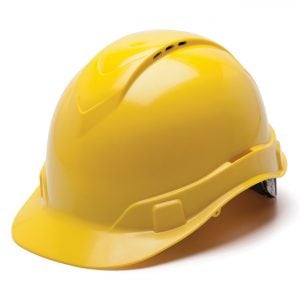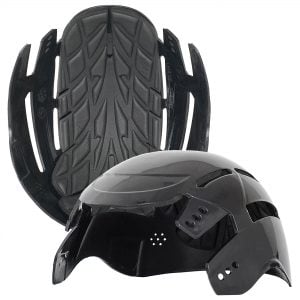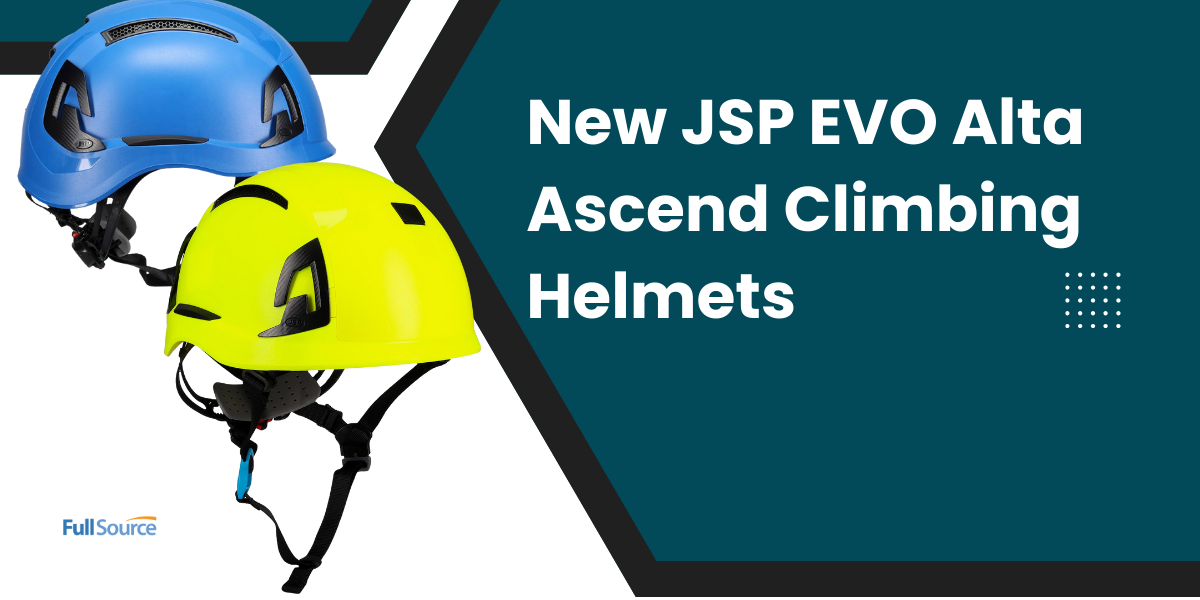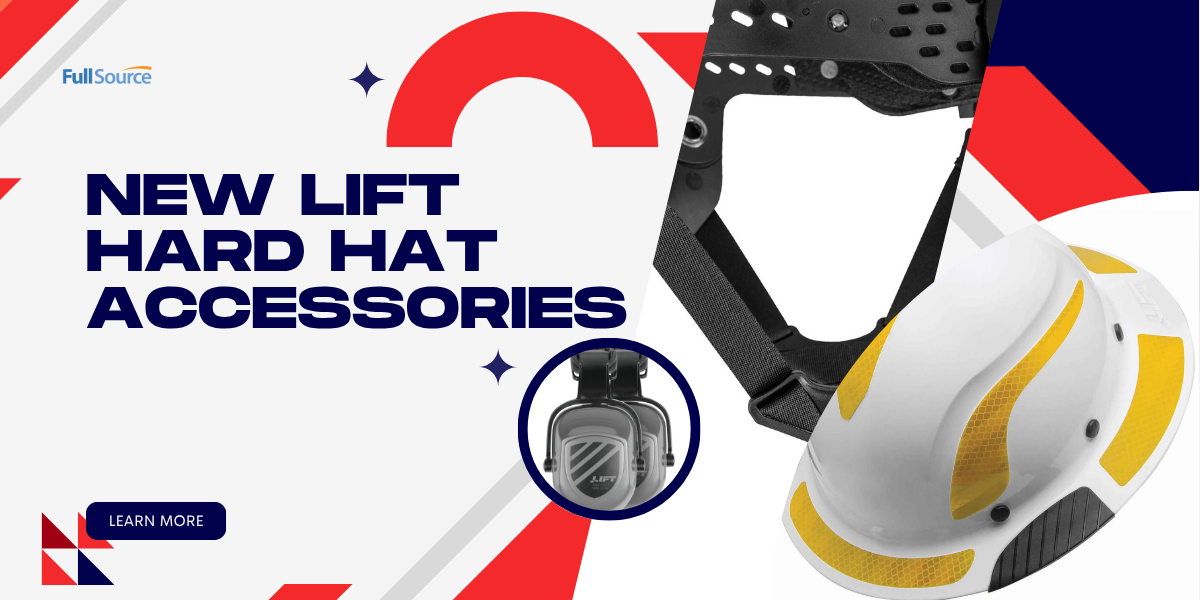The difference between hard hats and bump caps can vary. Depending on the job site it’s important to choose the right head protection. The risk of head injury is unique to every situation. While both still protect the head from injury in some capacity, one has the advantage in protection. Let’s take a look at the difference between hard hats and bump caps, to find your perfect fit.
Hard Hats
First, the key difference between hard hats and bump caps is the safety aspect. Hard hats have a thicker shell and are going to be ANSI compliant. Not only does the shell provide protection, but the suspension also spreads out the impact. The suspension can switch between a ratchet or pin lock. Hard hats are often used at construction sites when there’s a threat of falling objects or debris. Also, they protect users from threats of electric or natural hazards. Hard hats must undergo a more rigorous testing than bump caps.
There are many more types of hard hat styles and colors than bump caps. Other possible styles include vented, high heat, cap style, full brim and more. Stand out on any job site when you add customization. By adding a name or logo to the hard hat, you can have your business promoted from those wearing it.
Possible cons of a hard hat are the weight, cost, and restricted view. Because of the thickness of the plastic shell, weight can play a factor. The costs of hard hats are going to range across the quality or brands. Thus, the higher the quality of hard hats the more expensive they will be. And lastly, the view can be sometimes be constricting, if the user needs a full range of view. Which in most cases that would involve having the individual looking up. Whether that’s in construction or working on power lines. One remedy for that obstacle is the Bullard AboveView hard hats that provide a see-thru brim.
The Bump Cap
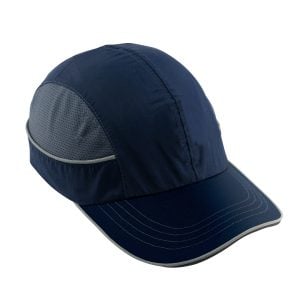 Next up, bump caps are the lighter version of head protection. These caps are used to prevent minor injuries such as scrapes and head bumps. Put one of these on and right away you’ll be able to tell they’re more lightweight than a hard hat. After all bump caps are not ANSI certified but they can provide some protection. When in areas where falling impact or stationary objects can be a danger then a bump cap is not ideal. Generally, they’re a cheaper alternative to the hard hat, depending on the environment.
Next up, bump caps are the lighter version of head protection. These caps are used to prevent minor injuries such as scrapes and head bumps. Put one of these on and right away you’ll be able to tell they’re more lightweight than a hard hat. After all bump caps are not ANSI certified but they can provide some protection. When in areas where falling impact or stationary objects can be a danger then a bump cap is not ideal. Generally, they’re a cheaper alternative to the hard hat, depending on the environment.
Additionally, bump caps can have different length brims. Those sizes range from micro, short, or a baseball style long. The amount of visibility that the user requires can impact the work. So, it’s important to choose the right bump cap brim length. A micro brim would provide the most visibility, which is good for confined spaces. A baseball style or long brim, are beneficial for outdoors where the sun can be a factor. Ergodyne (Skullerz series) provides LEDs attached to the brim of the bump caps. Light up projects without a flashlight or bulky headlamp.
Universal Bump Cap Inserts
Bump cap inserts can also play a role in the head protection game. Place a bump cap insert into any normal baseball cap for adequate protection. Inserts provide low cost and unnoticeable protection. Often workers such as technicians are already wearing a hat, which is part of their uniform. Getting that bit of protection against scrapes and bruises can prevent you from having a bad day.
Conclusion – Difference Between Hard Hats and Bump Caps
In the end, the difference between hard hats and bump caps comes down to safety. Head injuries make up a third of the most common work-related emergency room visits. This is backed by the Bureau of Labor Statistics data. Those who work in the field or confined spaces could benefit from a bump cap. If your job site requires you to have an ANSI compliant hard hat, then you must comply. Between hard hats and bump caps, the use of proper head protection becomes clear. Based on the working environment, use your head in deciding the overall risk of head injury.


